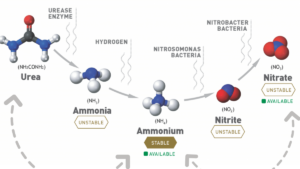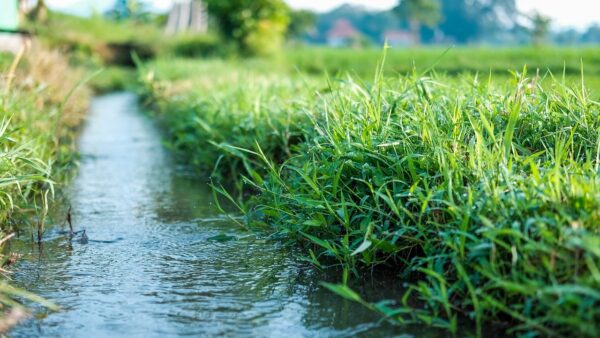Isaac Asimov once stated, “We can substitute nuclear energy for coal, plastics for wood, yeast for meat, and friendliness for isolation. However, when it comes to phosphorus, there is no substitute or replacement.”
Phosphorus is an essential element in agriculture, promoting root development, improving crop yield, and contributing to overall plant health. However, the main source of phosphorus fertilizers, rock phosphate, is a non-renewable resource found in limited quantities in countries like Morocco, China, Russia, and the United States. The increasing global demand for phosphorus-based fertilizers has led to the depletion of these reserves at an alarming rate, resulting in high prices that pose economic challenges for farmers.
The mining and extraction of rock phosphate also cause environmental degradation, including habitat destruction and water pollution. To address the decline in rock phosphate reserves and reduce environmental impacts, efforts are being made to find alternative solutions. One potential solution lies in wastewater, which contains valuable nutrients, including phosphorus.
In urban areas, waste and wastewater from industries and agriculture serve as rich sources of this essential element. However, these wastewaters are traditionally treated as waste rather than valuable resources.
Various phosphorus recovery technologies have been developed to extract phosphorus from wastewater and convert it into reusable products. These technologies include chemical precipitation, adsorption, biological processes, membrane filtration, and ion exchange. Companies like Ostara have recognized the potential of wastewater and have created innovative technologies, such as their patented Nutrient Recovery Process, to recover phosphorus.
Through this process, phosphorus is transformed into a high-quality granular fertility product called Crystal Green, closing the nutrient loop.
Intensifying wastewater recovery has several benefits. By recovering phosphorus from wastewater, we can reduce reliance on rock phosphate and preserve this non-renewable resource for future generations. Currently, phosphorus runoff from industrial complexes, agricultural fields, and wastewater discharge contributes to harmful algal blooms and ecosystem degradation. Recovering phosphorus from wastewater helps mitigate these issues by preventing the release of excess phosphorus into the environment. Moreover, phosphorus recovery aligns with the principles of a circular economy, where waste is transformed into valuable resources, promoting sustainability and minimizing waste.
Recognizing the value of phosphorus in wastewater and implementing phosphorus recovery technologies allows us to address the shortage of rock phosphate while promoting environmental sustainability. Governments, industries, and individuals must invest in research, innovation, and infrastructure to unlock the full potential of wastewater and bridge the gap between industries, recover nutrients (nitrogen and phosphorus) that would otherwise go to waste, and create renewably sourced sustainable crop nutrition.









